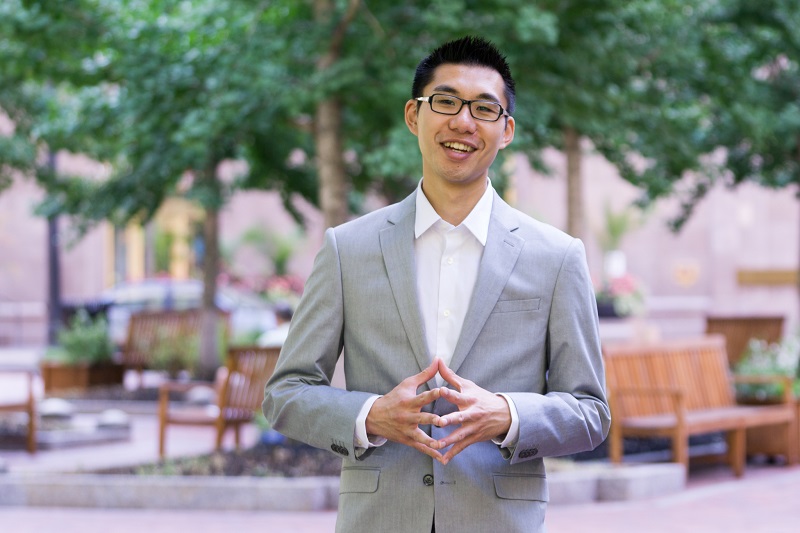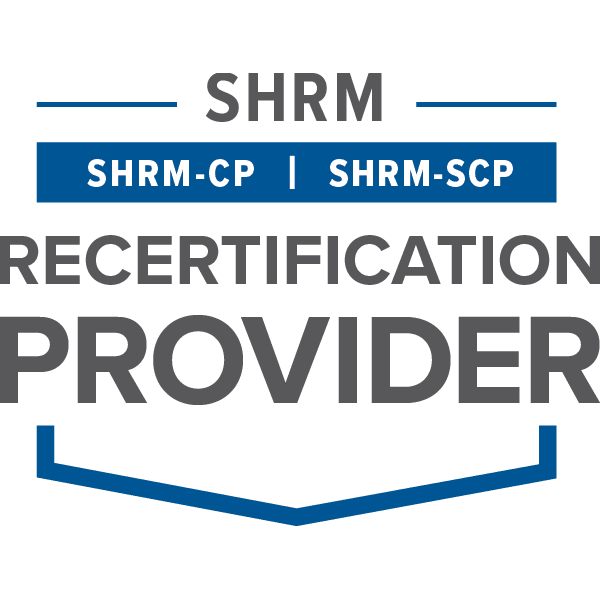By Karla Amador
If you are nervous at the thought of speaking publicly in front of a large audience, Kit Pang wants to coach you into becoming the next great public speaker.
Kit Pang is the Founder of BostonSpeaks, which is a school for communication designed to help people become better public speakers by improving their communication skills.
Originally a performer and professional hip hop dancer, Pang became fascinated with public speakers and decided to reinvent himself to connect with audiences in a different way by becoming a public speaking coach.
That’s when he began hosting workshops, sometimes as often as twice a week, using whatever space he could find. Always the savvy promoter, Pang built traction by using different marketing channels such as social media, shared calendars, direct sales, and affiliated partners.
“First I would promote an event on Meetup.com and tell friends about it,” he said. “And by the time I did a bunch of them, I started to know more people and people started to know me.”
Today, Pang does workshops, boot camps, and corporate events. His clients are CEOs and individuals in leadership positions.
Pang’s approach can be summed up in two words “take action.” He explains that most of the information is already available on the internet, but that the difference between success and failure lies in making the decision to take action.
To his students, Pang emphasizes quantity over quality—what really matters is not what a person is saying, but to say anything to get the conversation going and break the ice.
“They have to make non-speaking situations into speaking situations,” he explains.
He also emphasizes on effective communication, which depends on two components: style and delivery. Style has to do with mindset, body language, and tonality, and delivery has to do with being engaging and persuasive.
Pang left us with a timeless piece of advice to defeat disfluencies (saying “um,” “ah,” “like”): “You have to intentionally pause, even though it’s an awkward pause,” he said, “And then go on with your sentence.”



